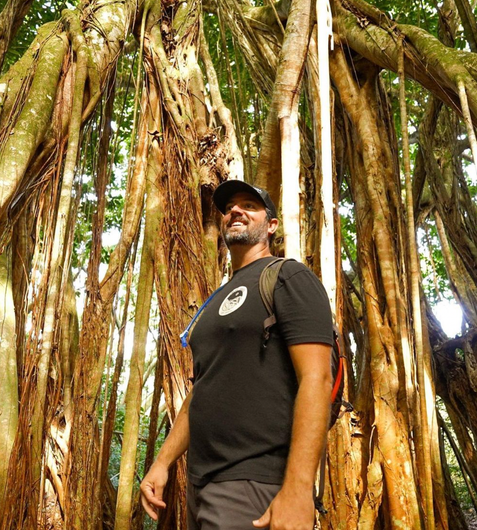ABOUT HELEWAI

"A ONE OF A KIND JOURNEY"
Founded in 2019, Helewai’s mission is to help protect our island communities most valuable resource, water through exploration and education. The most effective tool to generate water in the natural world is a healthy, native forest in our watersheds. We offer in-depth eco-tours to better educate and inspire our island visitors and locals to help preserve and protect the ‘aina (land).
Our guides are naturalists that will share their passion, culture and education about Hawaiian history and native plants with you through storytelling and ex-ploration on a one of a kind journey.
